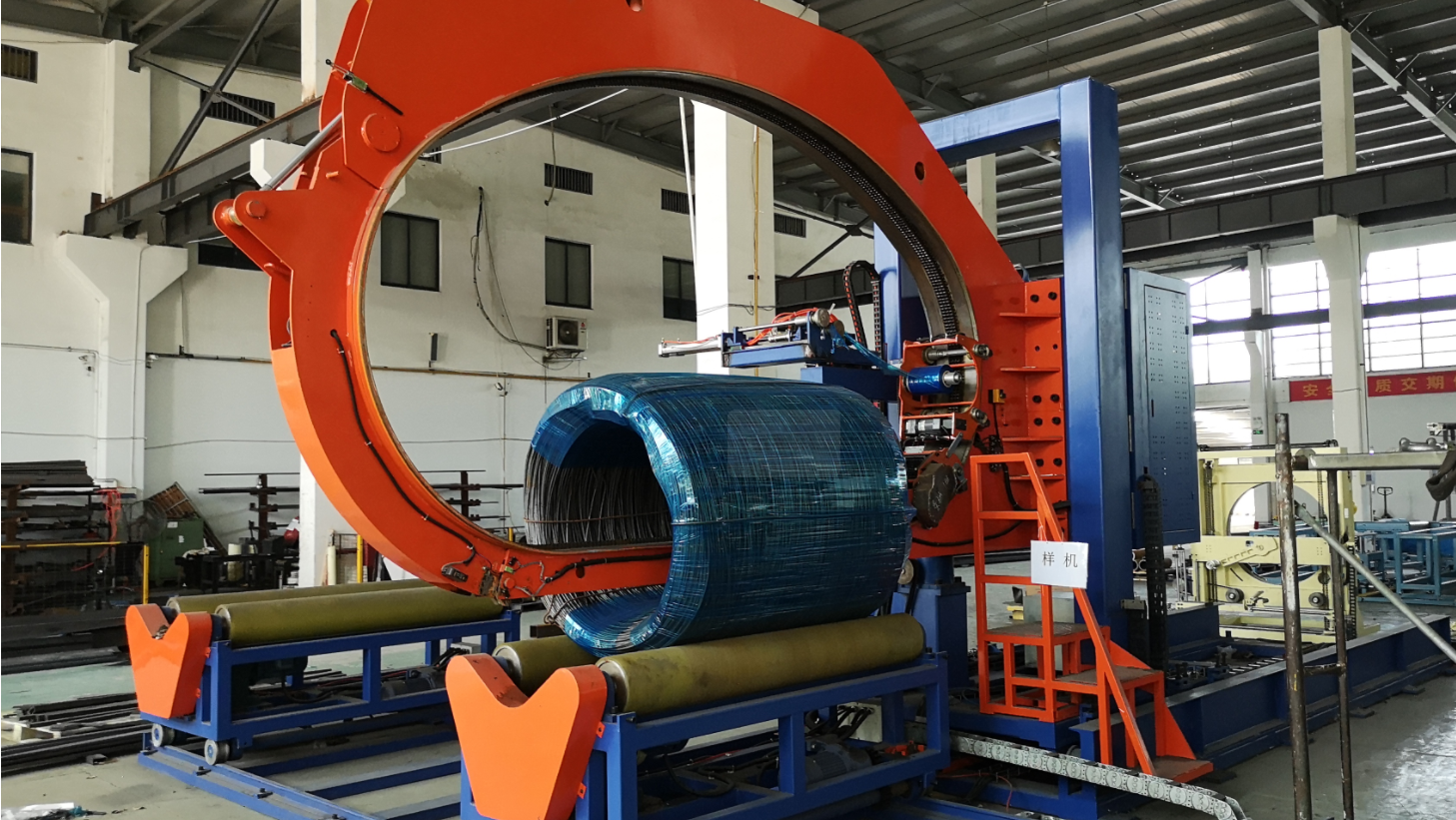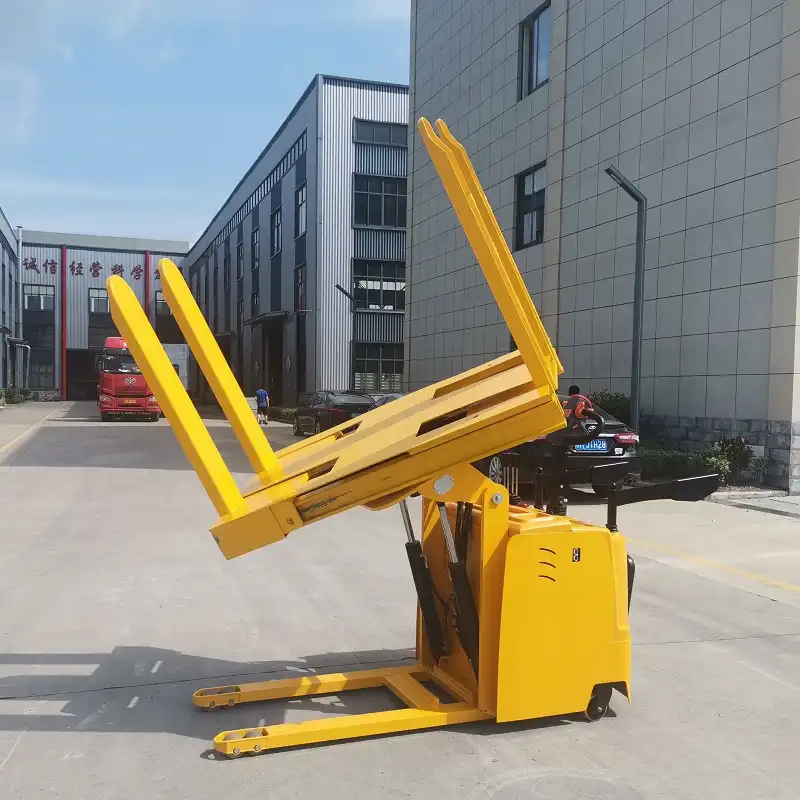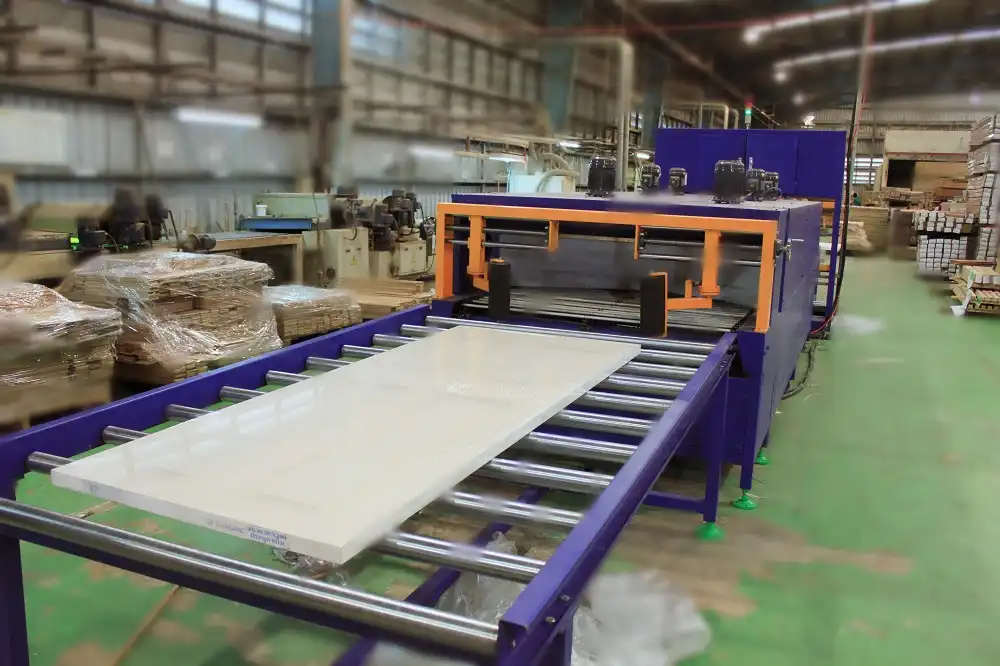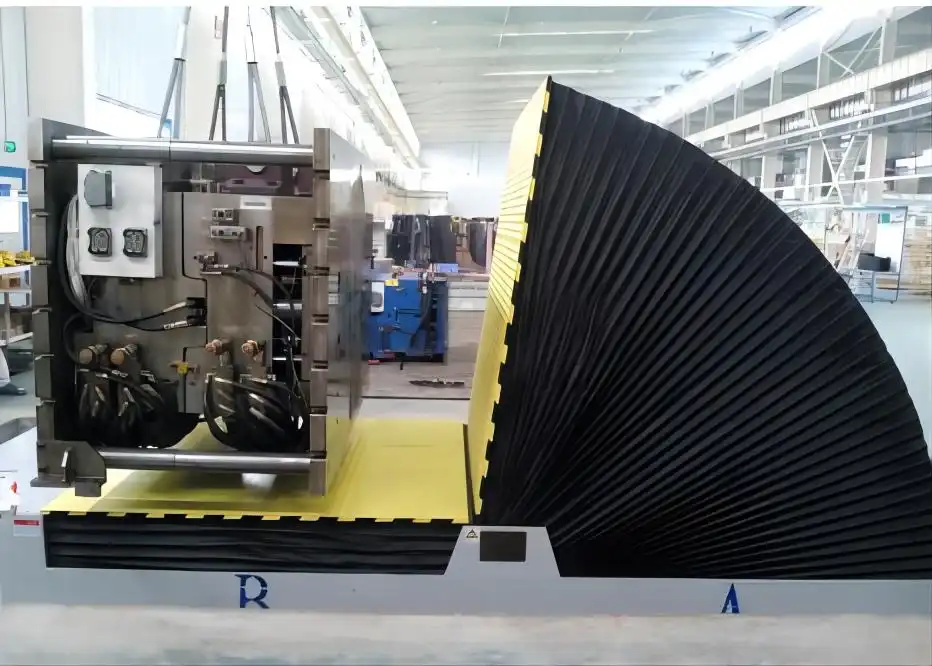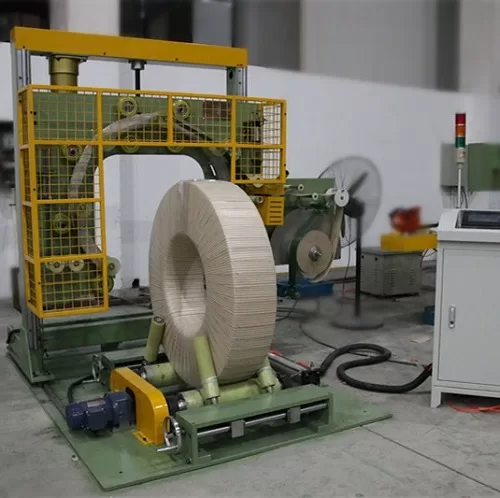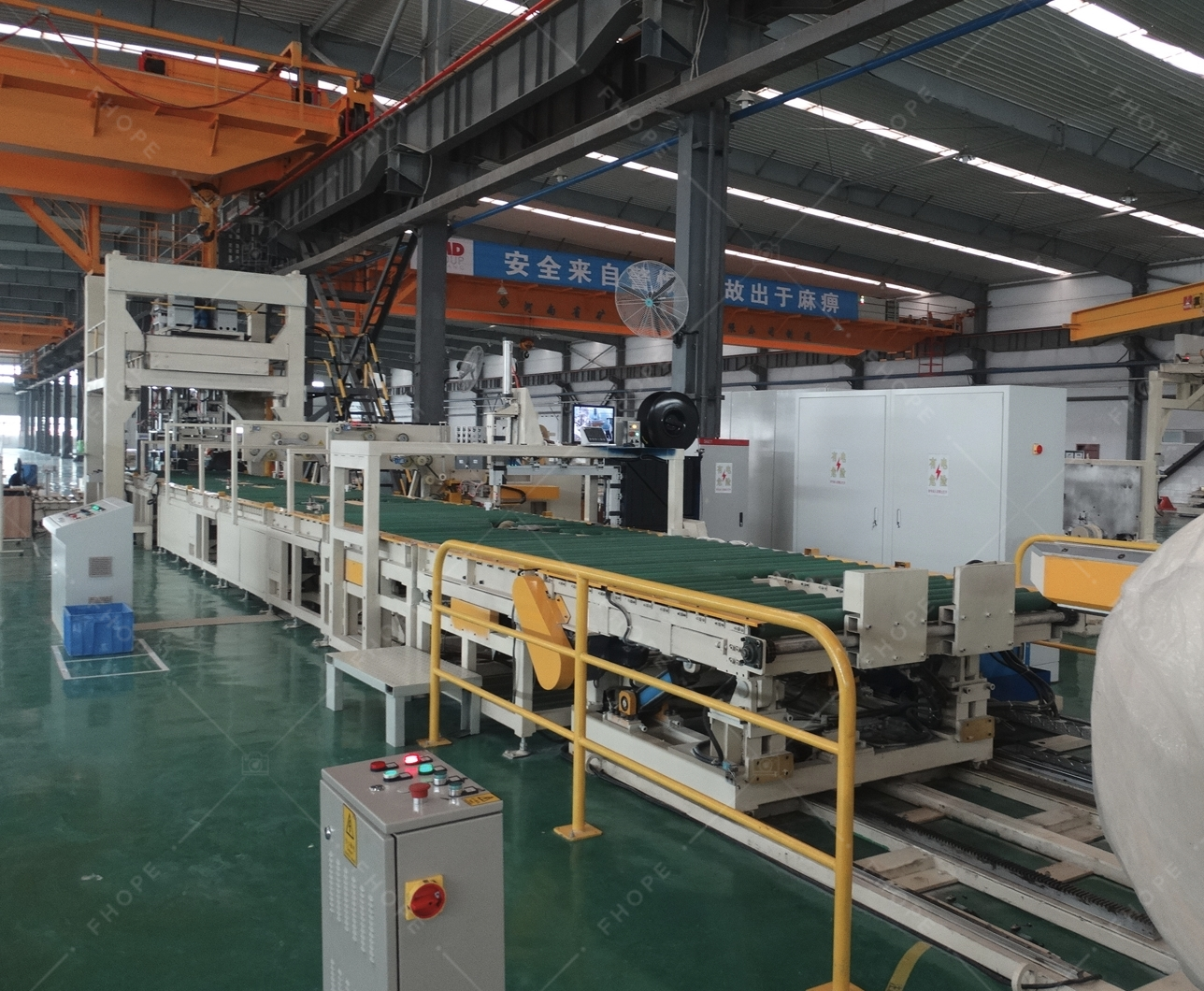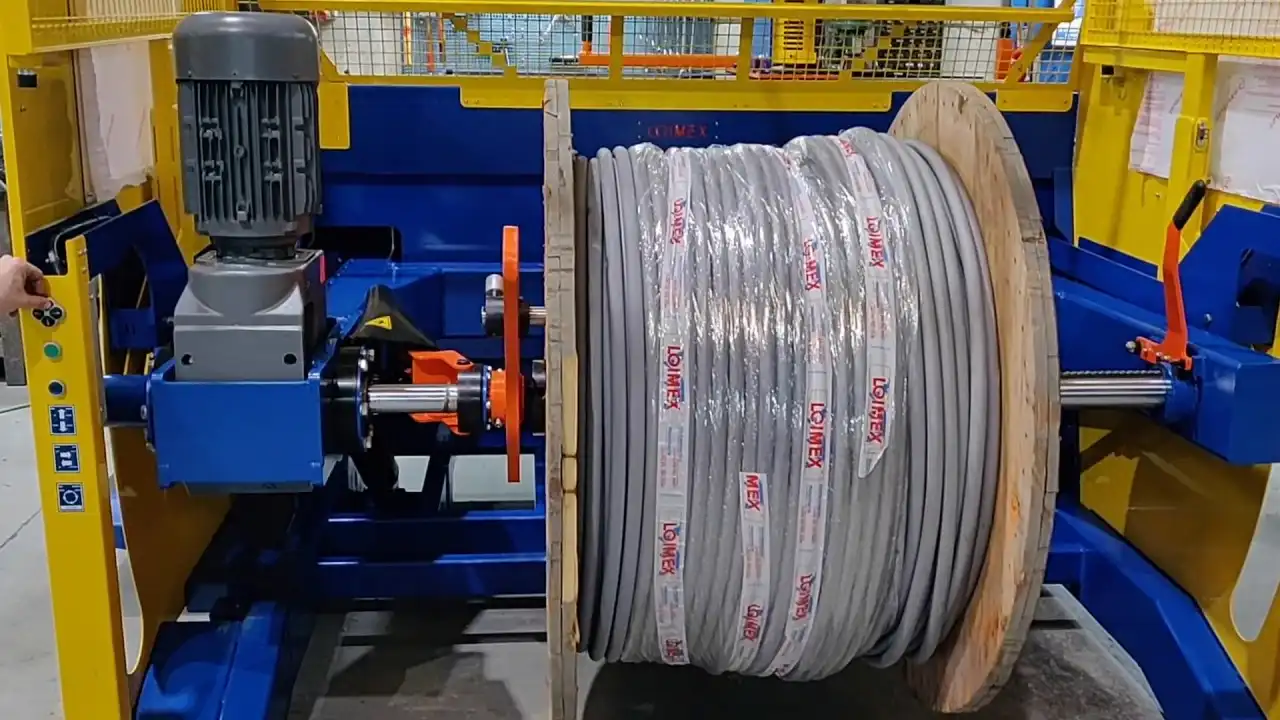Struggling to choose between European and Asian coil packing machines? The decision can impact your production efficiency and cost. I’ve seen firsthand how the right machinery transforms operations. Let’s dive into the key differences to help you make an informed choice.

Understanding the technological advancements and manufacturing trends of European and Asian coil packing machine manufacturers is crucial for optimizing your packaging solutions. This comparison highlights their unique strengths, innovation levels, and market positions, helping you decide which aligns best with your operational needs.
Choosing the right coil packing machine is vital for your business’s success. Let’s explore the technological nuances and manufacturing trends that set European and Asian manufacturers apart.
1. What are the technological differences?
Selecting between European and Asian coil packing machines can be challenging. The technology each region offers varies significantly, affecting performance and reliability. From my experience, understanding these differences is key to enhancing your packaging process and ensuring long-term efficiency.
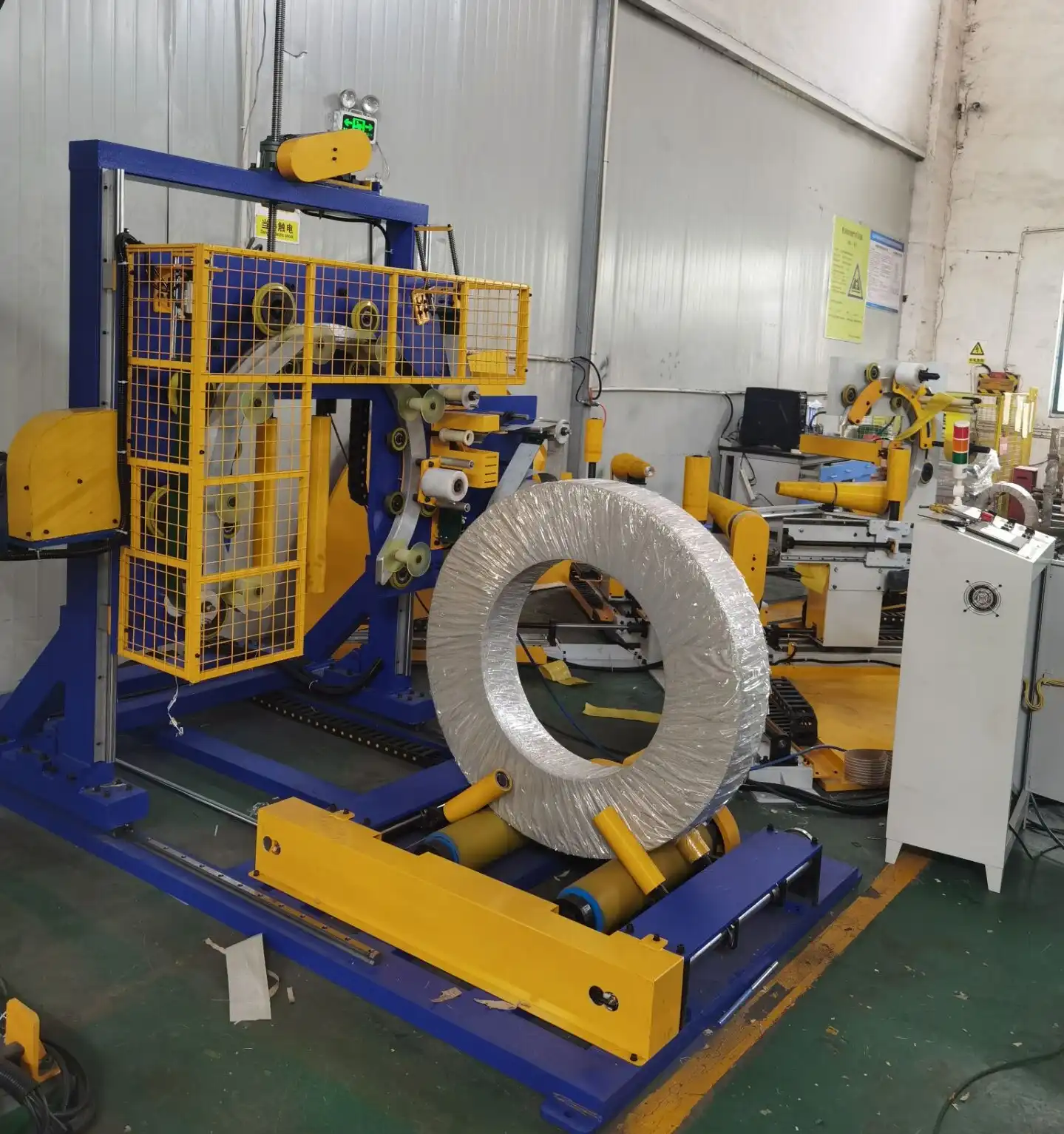
European coil packing machines often incorporate advanced automation and precision engineering, while Asian manufacturers emphasize cost-effectiveness and scalability. Understanding these technological distinctions can help you choose the right equipment that meets your specific production requirements and budget constraints.
Delving into Technological Nuances
European coil packing machines are renowned for their precision engineering and high-level automation. They often feature sophisticated control systems that allow for seamless integration into existing production lines. For example, their machines may come equipped with advanced sensors and programmable logic controllers (PLCs) that enhance accuracy and reduce downtime.
On the other hand, Asian manufacturers focus on producing coil packing machines that offer great value for money without compromising on essential functionalities. These machines are typically easier to maintain and adapt to varying production demands. They utilize robust materials and prioritize durability, ensuring that the machinery can withstand rigorous use in diverse industrial environments.
| Feature | European Manufacturers | Asian Manufacturers |
|---|---|---|
| Automation | High level of automation with advanced PLCs | Moderate automation, emphasizing essential functions |
| Precision Engineering | Superior precision and fine-tuning capabilities | Adequate precision with focus on durability |
| Customization | Extensive customization options | Flexible designs for scalability |
| Cost Efficiency | Higher initial investment, long-term reliability | Cost-effective solutions with lower upfront costs |
| Integration Capabilities | Seamless integration with existing systems | Easy to integrate with basic setups |
| Maintenance | Requires specialized maintenance | Simple maintenance procedures |
In my 40 years in the industry, I’ve seen that European machines excel in settings where precision and integration with high-tech systems are paramount. They are ideal for industries that demand meticulous quality control and where the production environment can support advanced technology.
Conversely, Asian machines are perfect for businesses seeking reliable performance without the hefty price tag. They are particularly beneficial for smaller to mid-sized operations that need flexible and scalable solutions. The emphasis on durability ensures that these machines remain operational with minimal disruptions, which is critical for maintaining consistent production schedules.
Moreover, European manufacturers often invest heavily in research and development, leading to continuous innovation and the incorporation of the latest technological advancements. This commitment to innovation means that their machines often offer cutting-edge features that can give businesses a competitive edge.
Asian manufacturers, while also innovating, tend to focus more on practical improvements that enhance usability and reduce costs. Their approach ensures that the machines remain affordable without sacrificing essential performance metrics. This balance between cost and functionality makes Asian coil packing machines an attractive option for many businesses.
Ultimately, the choice between European and Asian coil packing machines should be guided by your specific needs, budget, and the operational dynamics of your business. Both regions offer unique advantages, and understanding these differences will enable you to select the machinery that best aligns with your goals.
For more detailed information on coil packing solutions, visit our Coil Packing Machine.

